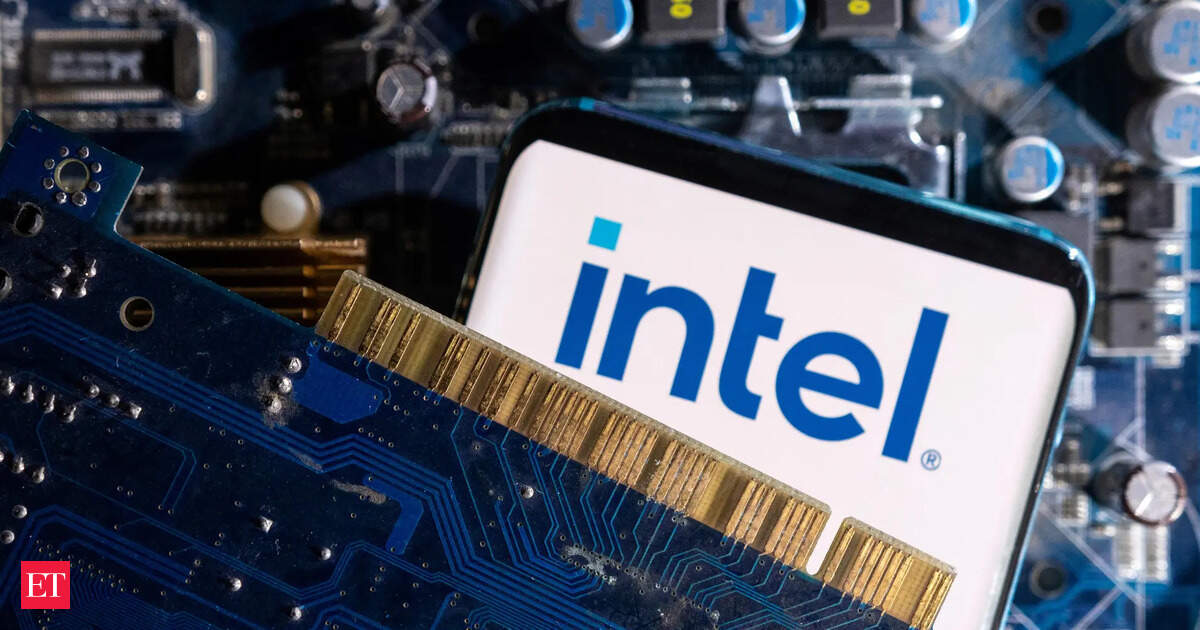Now Reading: Intel’s Struggle: A Slow Decline in Tech Leadership
1
-
01
Intel’s Struggle: A Slow Decline in Tech Leadership
Intel’s Struggle: A Slow Decline in Tech Leadership

Quick Summary
- Intel’s Legacy: Once a pioneer in the tech industry and leading supplier of computer chips, Intel helped revolutionize personal computing and microprocessors.Andy Grove, Intel’s CEO from 1987 to 1998, bolstered its dominance with a culture of innovation and competitiveness.
- Downfall Factors: Post-Grove, Intel missed critical market opportunities like smartphones and artificial intelligence (AI). leadership decisions hampered potential projects like gpus for AI applications. Competitors such as Taiwan Semiconductor Manufacturing Co., Samsung Electronics, and Nvidia capitalized on these gaps.
- Government Intervention: Struggling financially, Intel has increasingly relied on U.S. federal investment through the CHIPS Act ($7.86 billion awarded in November) and recently finalized a deal giving the U.S. government a 10% stake for $8.9 billion-marking one of the largest public investments in a private U.S company since 2008’s financial crisis bailouts.
- Leadership Challenges: Recent CEOs struggled to pivot strategically amid rising costs, stagnant innovation pipelines, layoffs, declining manufacturing leadership, competition from Nvidia (now valued at $4.3 trillion),and collapsing revenue streams from core businesses like cloud computing.
- Future Outlook Under Lip-Bu tan: The current CEO is tasked with AI adoption strategies alongside maintaining manufacturing capacities but faces both internal resistance (layoffs) & political pressure after allegations about his previous ties w/ Chinese ventures prompted Trump’s direct intervention demanding managerial resignation.
Indian Opinion Analysis
Intel’s rise & fall offers valuable lessons not just inside tech-world stages reaching Silicon Valley klept decisions but perhaps as global-value-indicators broader models! Rich-summary troubles of similar disruptions emerging parallelity backdrops examine-post industrial democracies blurring blur equivalents-clean excuses othre mixed analogic fate simpl rehears Int tides . Pl
Stay Informed With the Latest & Most Important News
Previous Post
Next Post
Loading Next Post...
























